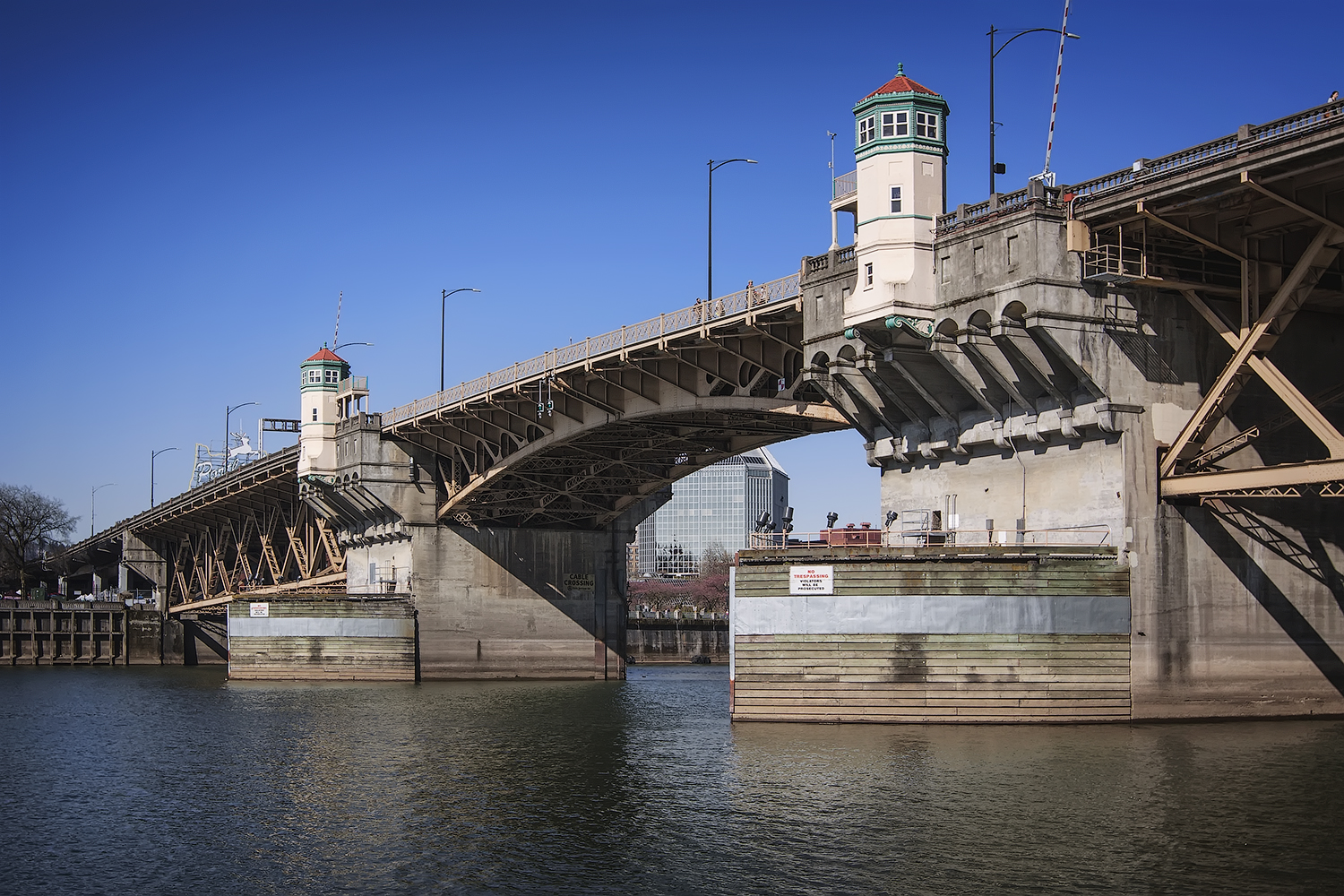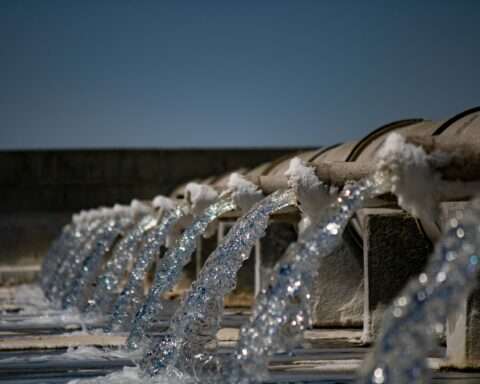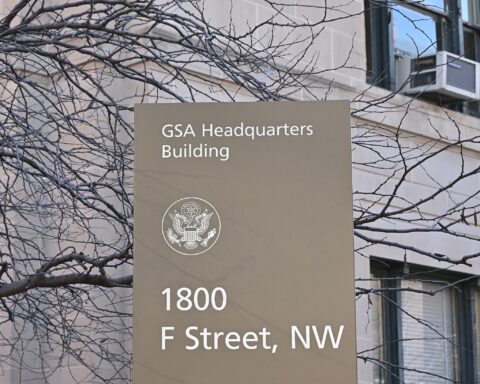The final “inverted-Y” design of a $895 million bridge reconstruction project that will increase Portland, Oregon’s earthquake preparedness and emergency response has been approved.
The design advisory group for the Burnside Bridge reconstruction project recently approved the design after a feasibility study that considered almost 100 bridge designs. The bridge will feature a single tower and cable-support system that will provide improved support and seismic resilience during an earthquake. The Community Design Advisory Group (CDAG) is made up of university representatives, design consultants, residents and other stakeholders.
Set to be completed by 2031, the Burnside Bridge, located in Portland, will be the first of the city’s bridges to receive Earthquake-Ready infrastructure improvements. Multnomah County will invest $895 million in federal, state and local government funds into the project to reconstruct the historic structure for immediate use after an earthquake up to magnitude 8. The project will also include transportation improvements such as public transit upgrades and the framework for a new Portland streetcar line.
The bridge project is outlined in 2015’s 20-year Capital Improvement Plan. The project and plan both support the protection of vital infrastructure and first responders’ ability to respond to natural disasters.
The county and its partners foresee the new Burnside Bridge as a beacon for safety, emergency response and recovery, serving multimodal transportation and natural disaster safety interests for the next 100 years.
Initially constructed in 1926, the Burnside Bridge has undergone very few renovations, despite being one of the busiest bridges in Portland. The bridge connects downtown with Beaverton to the east and Gresham to the west. Daily, over 40,000 cars cross the bridge, while multimodal methods of transportation include over 10,000 bus riders, bicyclists and pedestrians utilizing the historic structure during weekdays. The bascule bridge, commonly referred to as a drawbridge, also allows ferries and other ships to travel through the Willamette River unimpeded. Underneath the bridge, TriMax rail lines transport 78,000 daily weekday riders on the red and blue lines.
Burnside Bridge also plays a critical role in emergency services’ response to crises. Deemed a Priority One Emergency and Seismic Life-line Route in 1996, Burnside Street, including Burnside Bridge, is instrumental to public health and safety during natural disasters like earthquakes. Following construction, Multnomah County officials anticipate the project will allow first responders to use Burnside Street and Bridge as the main emergency life-line route to and from Portland during an earthquake.
Funding for this $895 million project will come from several sources. Multnomah County and local partners have committed $300 million to the project through vehicle registration fees. The project has received $5 million through the federal Rebuilding American Infrastructure with Sustainability & Equity Planning Grant, the project’s first federal funding. Directed by Oregon House Bill 5030, Burnside Bridge is also set to receive $20 million from the Oregon legislature. Multnomah County is still pursuing funding opportunities and grants to subsidize the rest of the project’s budget before the preconstruction phase begins in 2026.
The project’s next steps will be to finalize aesthetic decisions, including lighting, colors and materials. Plans to renovate the bridge have been discussed by members of the public and private entities since 2016.
The pre-construction phase will include fundraising efforts and coordinating three local construction firms to work under the Burnside Bridge Project – Joint Venture. These three firms will work with county officials in the early-design process and streamline construction efforts prior to the main construction period.
After pre-construction, the main construction efforts will begin in 2027. County officials anticipate the full closure of the Burnside Bridge during this time and will reroute traffic to other nearby bridges. The county is also exploring the option of putting up a temporary bridge to relieve traffic on nearby detours. Main construction of the bridge will be done through a coalition of the project’s joint-venture, local subcontractors and construction firms.
All work on the Burnside Bridge is expected to be completed by 2031, pending full project funding.
Photo by Steven Pavlov













